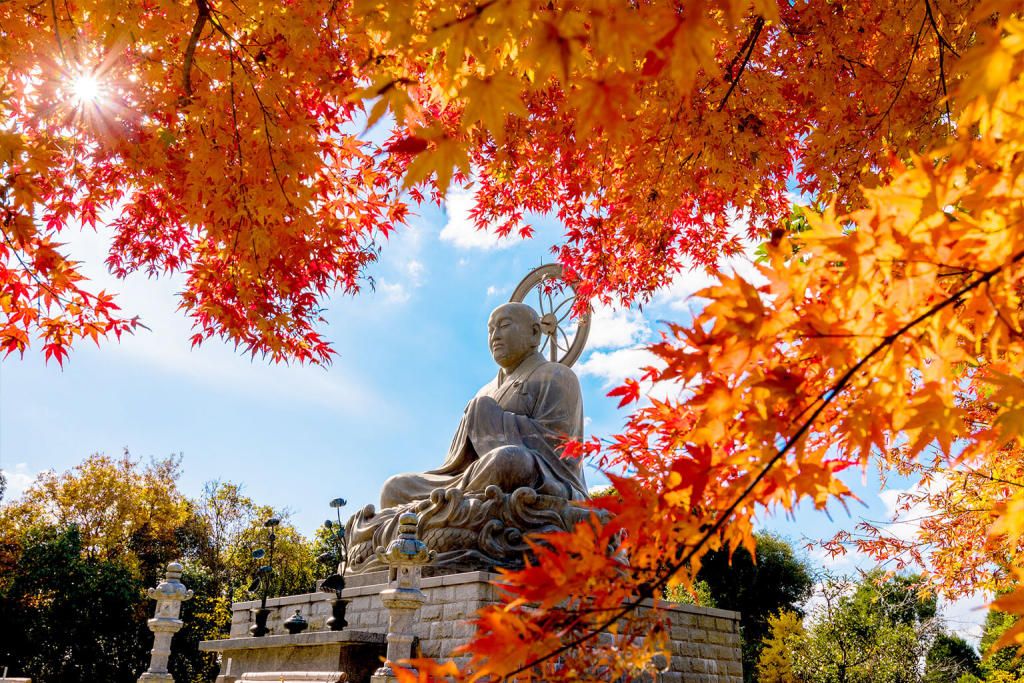To Kumamoto City’s northwest, facing the Ariake Sea lies Tamana, a small city of about 67,000 people. Its fortuitous geographical position means it can be reached from Fukuoka, Saga, Oita and Nagasaki prefectures — as well as Kumamoto City — in under two hours by car or train. Tamana City is a historic hot spring town blessed with natural resources from the mountains, river and ocean. Spend a weekend feasting on an abundance of locally sourced delicacies and partaking in ancient spiritual practices to refresh both the mind and the body.
Day 1 – Get to Know Tamana
Start your exploration of Tamana by strolling along Takase Urakawa, a river that runs parallel to the preserved historic district of Takase Shopping Street. Follow this with a soak in one of the city’s soothing hot springs and a view of the setting sun over the Ariake Sea.
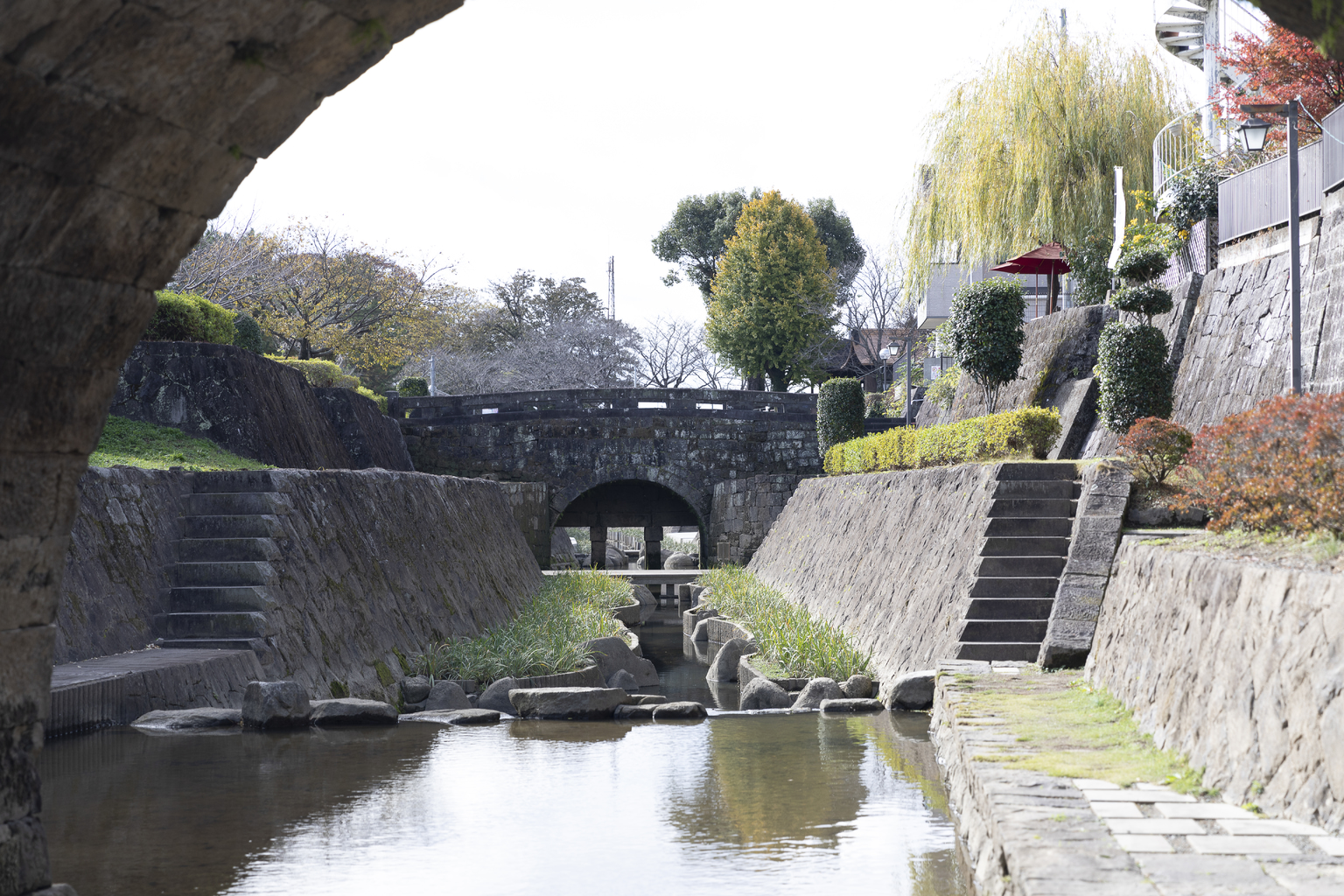
Takase Urakawa
Urakawa River was for many years an important thoroughfare for rice trade with nearby regions and even internationally. The original waterway has been replaced by roads and rail tracks, but remnants of its former glory like the narrow stone bridges used to carry rice and products between boats and rice stores remain. Walk along the picturesque riverfront in late May to early June to witness a 700-meter-long stretch of Japanese irises dye the area in various hues of purple.
Kikusuido Wagashi
From Takase Urakawa, head to Takase Shopping Street to immerse yourself in the city’s traditional culture and to take a tea break. Kikusuido Wagashi opened in 1947 and has been lovingly serving locals a variety of seasonal Japanese and Western-style confectionery. Buy some sweets and make use of the shop’s outdoor terrace area, which overlooks Takase Urakawa.
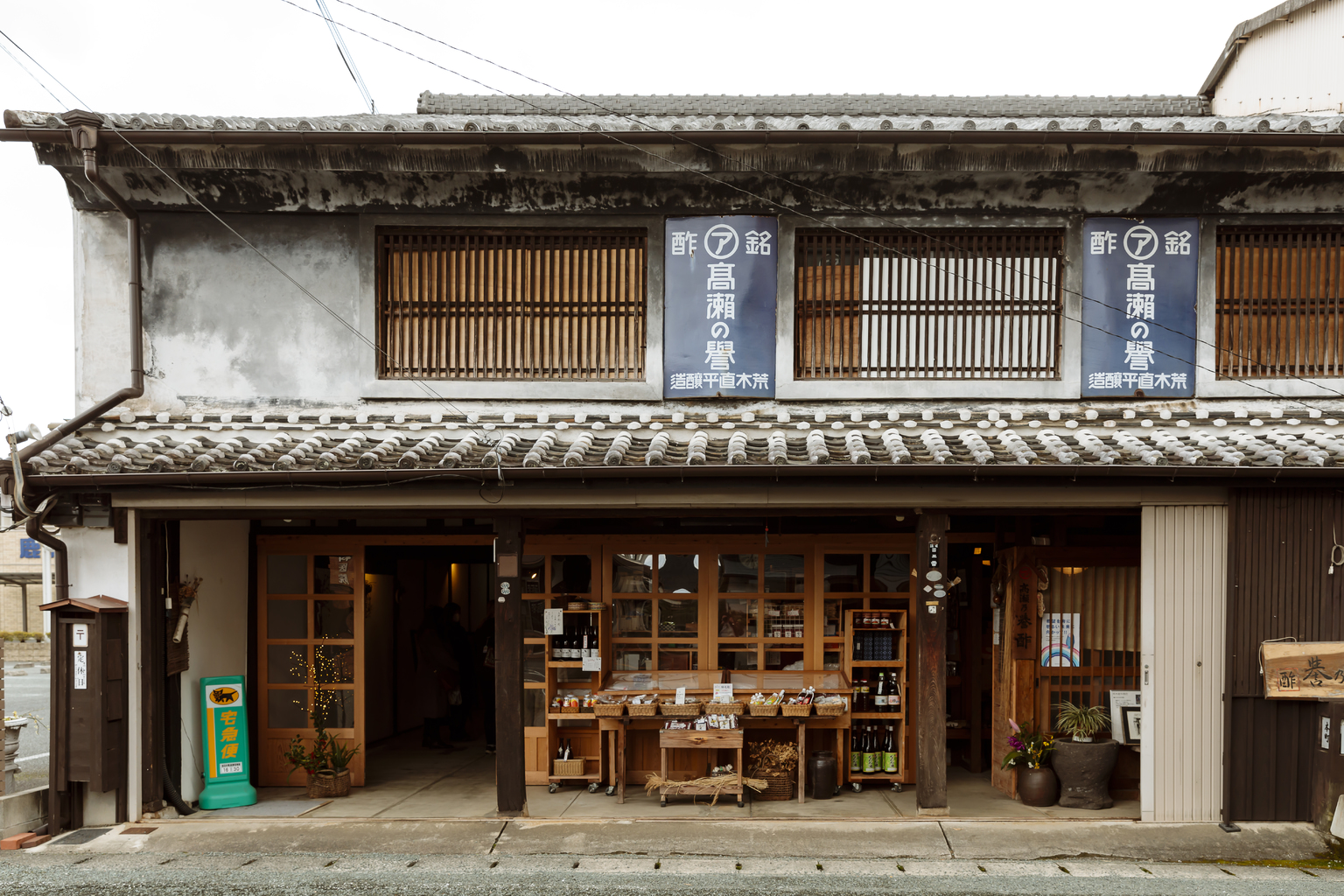
Araki Naohei Shoten
Further down Takase Shopping Street lies Araki Naohei Shoten, a delightfully retro vinegar shop that first opened in 1870. Find handmade seasonal fruit vinegars with rare flavors like loquat, yuzu and blueberry. Most of the fruits are sourced locally from the owner’s own or neighboring gardens, often using “ugly” unsaleable fruit, making it an exceptionally sustainable practice. As for fruit vinegar’s use? Sip a diluted cup of it before a meal to aid digestion, or use it when cooking.
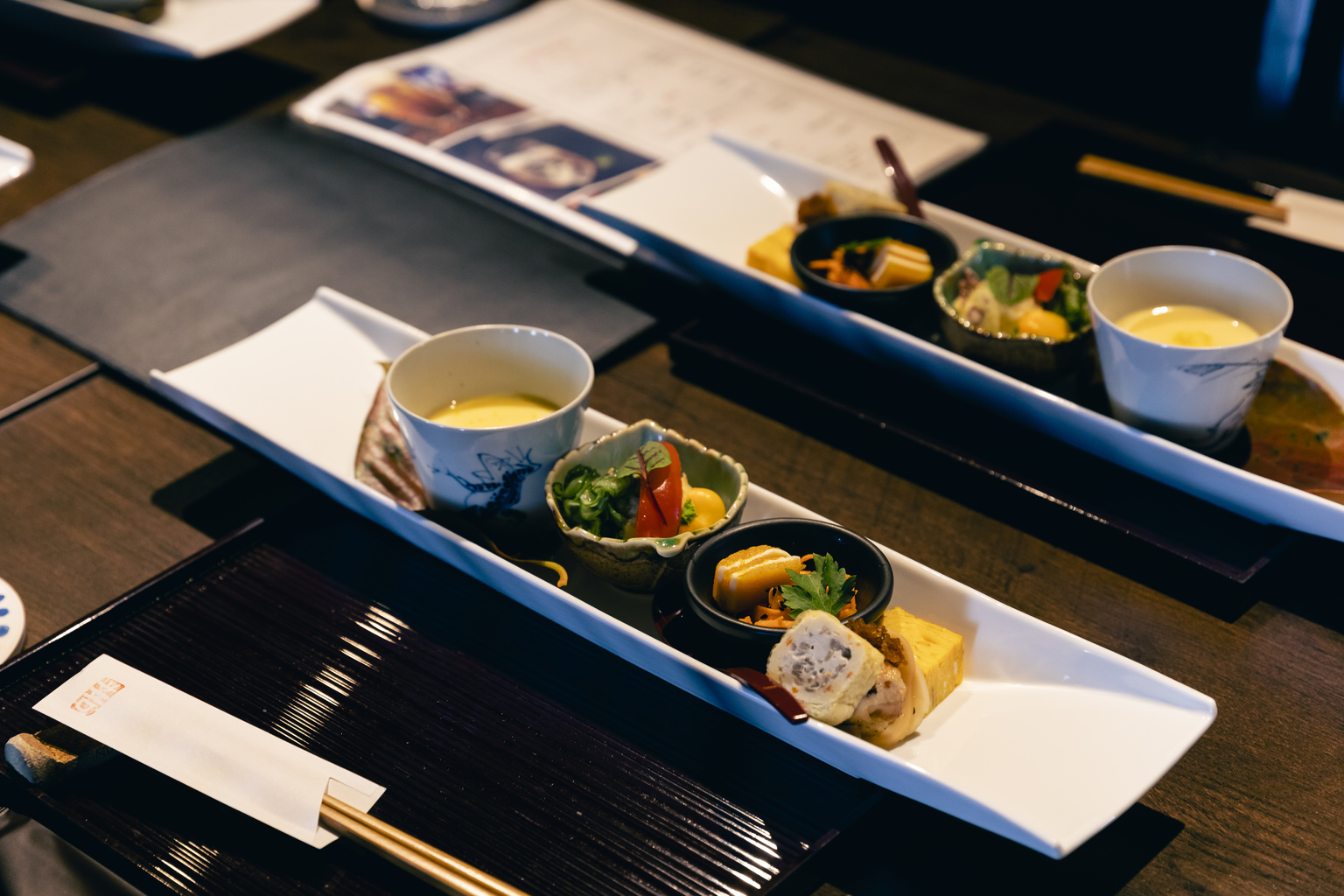
Lunch at Dining Zen
Charismatic chef and owner Makoto Morii lives and breathes the motto “local food for local consumption” as he aims to connect diners with regional ingredients and dishes. He sources everything — even wild game — from Kumamoto Prefecture, with few exceptions. His innovative culinary creations are sumptuous representations of his maxim, presented in colorful and artistic tableware. Dining Zen also boasts an extensive sake selection, with reasonably priced tastings for the sake-curious.
Bathtime
Tamana is blessed with two famous hot spring locations: Tamana Onsen and Oama Onsen. Tamana Onsen dates back 1,300 years and is purported to be rich in properties that encourage smooth skin. Oama Onsen, featured in Natsume Soseki’s novel Kusamakura, was an apparent favorite of the author. This enchanting onsen area faces the Ariake Sea and Nagasaki’s Shimabara Peninsula, offering fantastic views from many baths.
For a casual dip, pop by Ryuganji Park’s Shirasagi Ashiyu public foot bath. It’s open 24 hours a day and is completely free. For a more luxurious soak, however, visit one of the many inns open to day-trippers to relieve yourself of any aches and pains. Some have private bath options, if you’re feeling bashful.
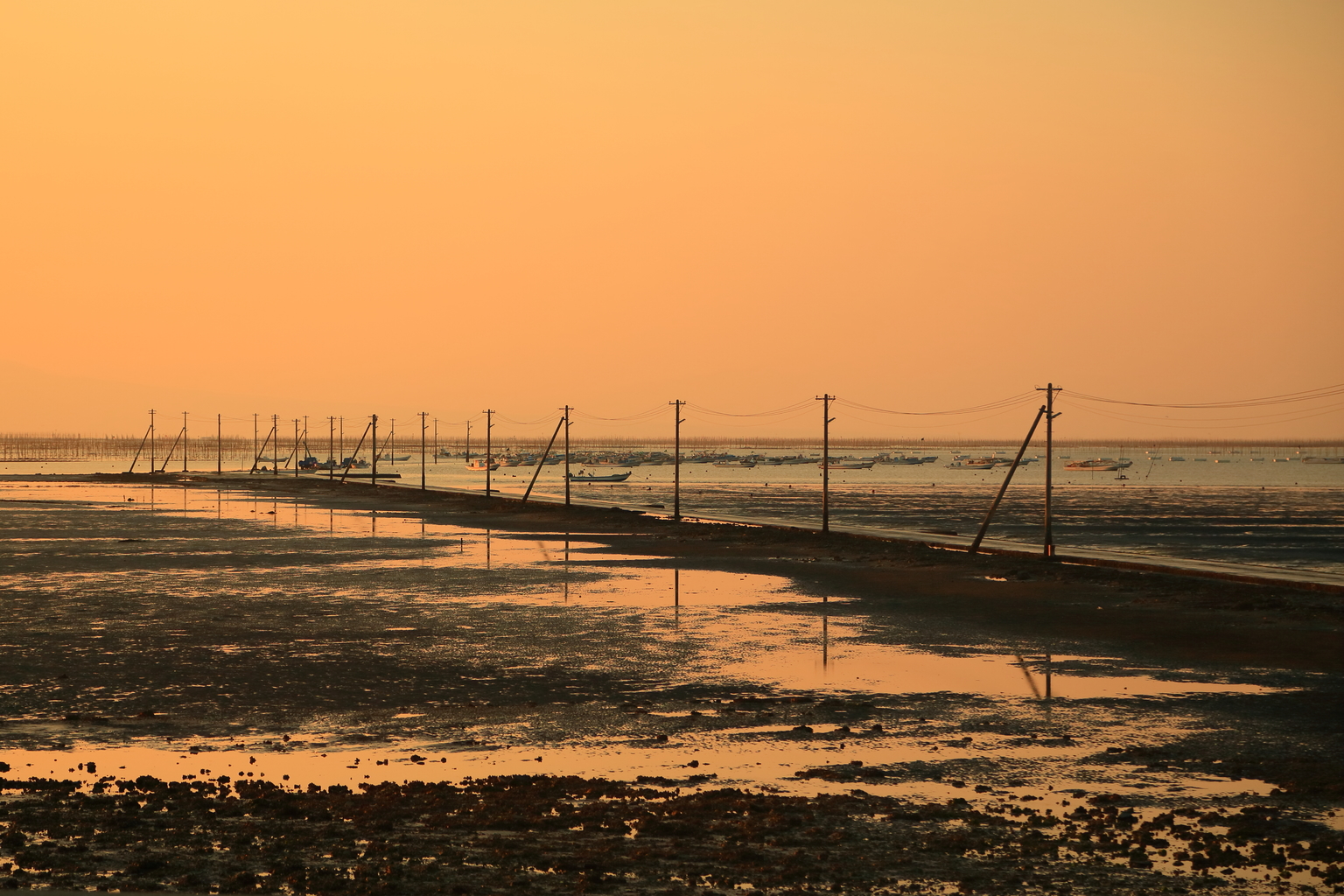
Sunset over the Ariake Sea
Make your way to the coast to take in the view of the Ariake Sea as the sun submerges beyond the horizon. Watch as the sky evolves into a palette of orange, red, yellow and even purple, while the sound of waves lapping against the beach serves as a soothing soundtrack.
Day 2 – Explore the City and the Self
Immerse yourself in both Tamana and your inner self by visiting a temple that encourages self-reflection by both spiritual and secular means, before indulging in more of Tamana’s fine culinary delights.
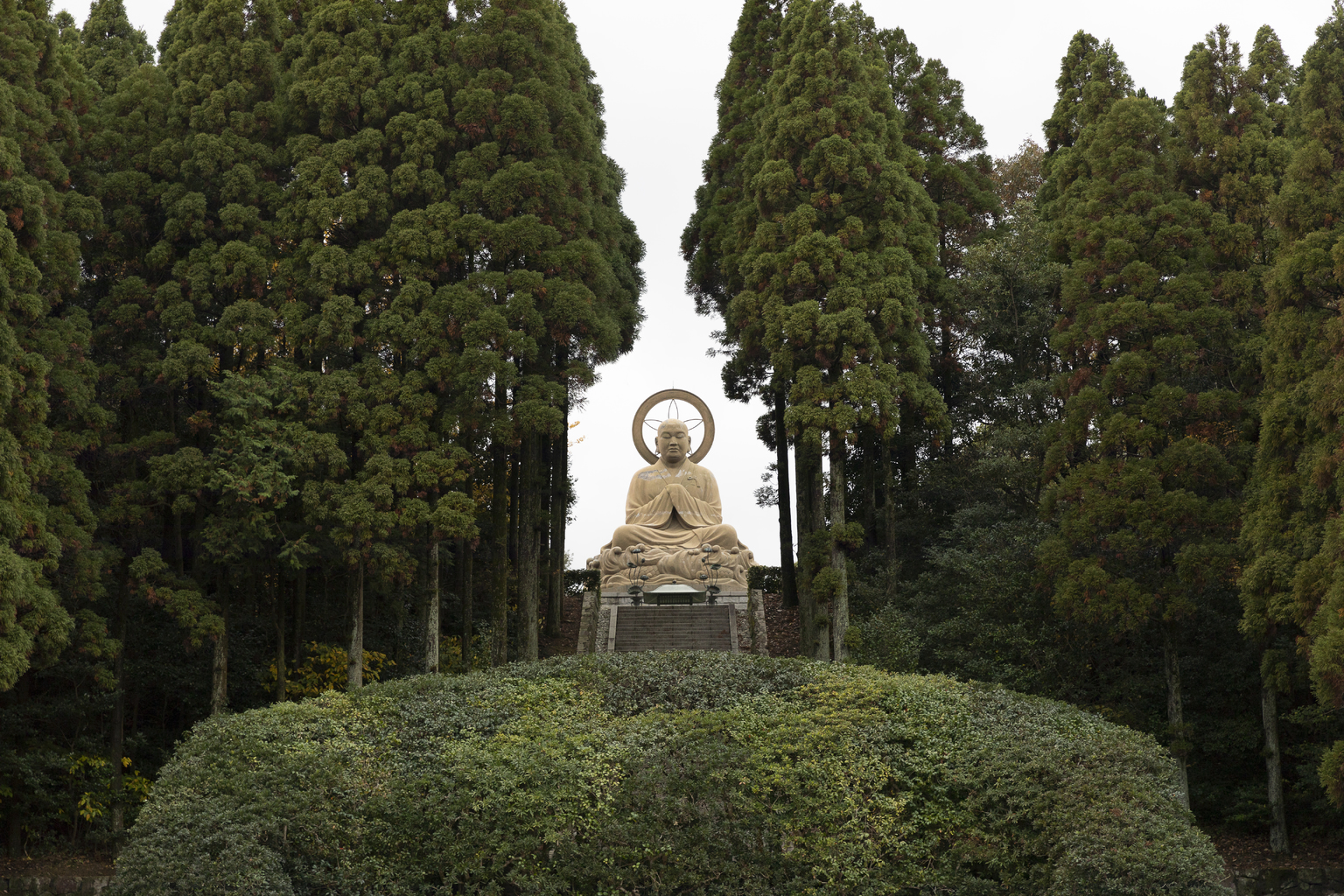
Rengein Tanjoji Okunoin
Start the morning with a unique spiritual experience at the Kyushu head temple of the Shingon-Risshu sect, Rengein Tanjoji Okunoin. From a towering five-storied pagoda and a giant Buddha statue to the world’s largest temple bell, this inner temple precinct boasts a treasure trove of architectural marvels. Visitors can partake in zazen meditation as well as other spiritual exercises here. Those with a preference for a more secular and introspective approach can attend a mini Naikan session instead. Naikan therapy is a structured self-reflection technique developed by Ishin Yoshimoto in the 1940s that is said to be an effective form of self-guided therapy.
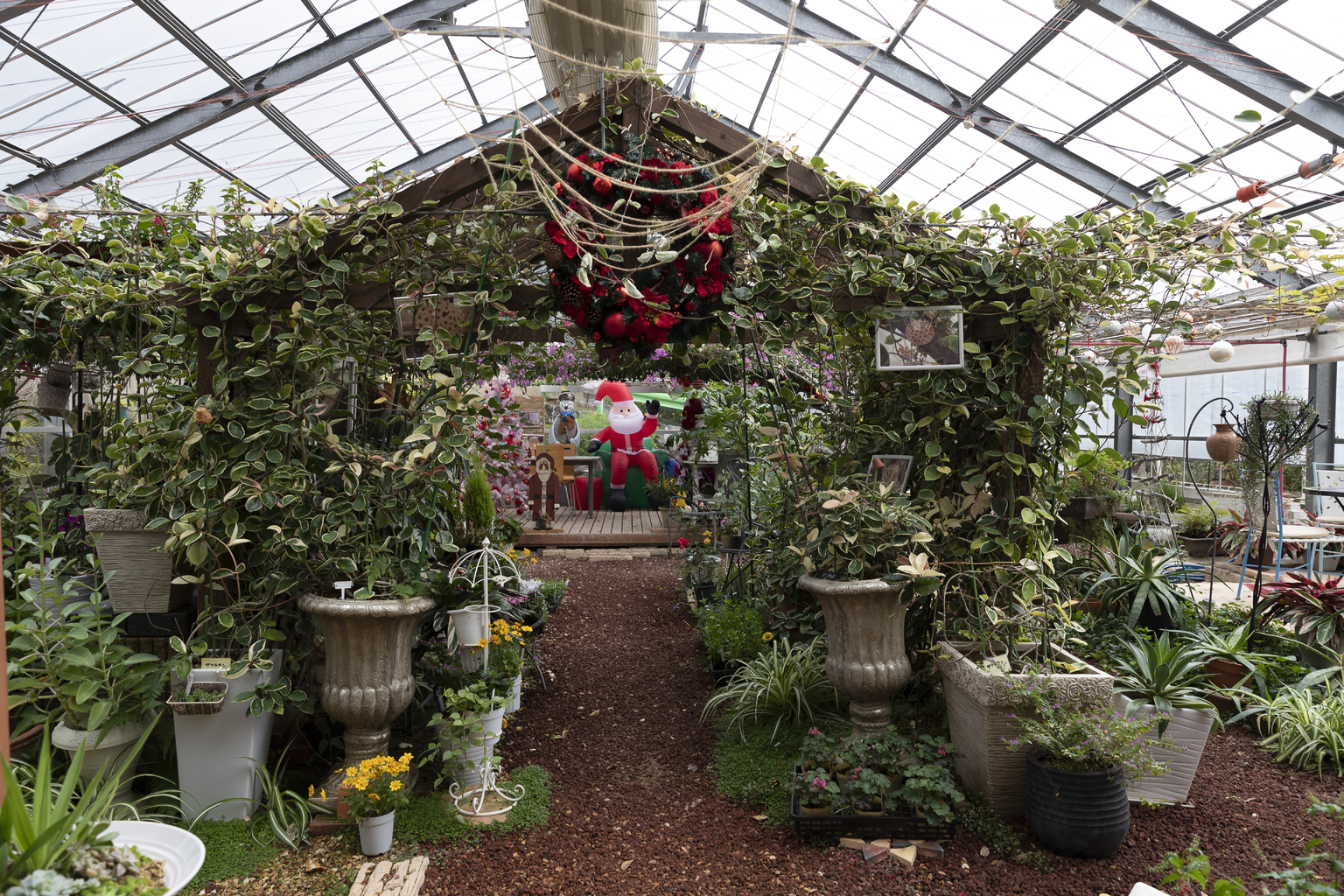
Hanano Yakata
Enjoy lunch with a view at Hanano Yakata, which looks over the city, its fruit orchards and the Ariake Sea. This hilltop café grows most of its own vegetables and offers hearty lunch sets on weekdays. On weekends and holidays, dining is buffet-style. Enjoy a meal inside the charming main area or the greenhouse-cum-garden space while surrounded by a veritable forest of plants. Souvenir seekers will find handcrafted items and seasonal decorations with a twist.
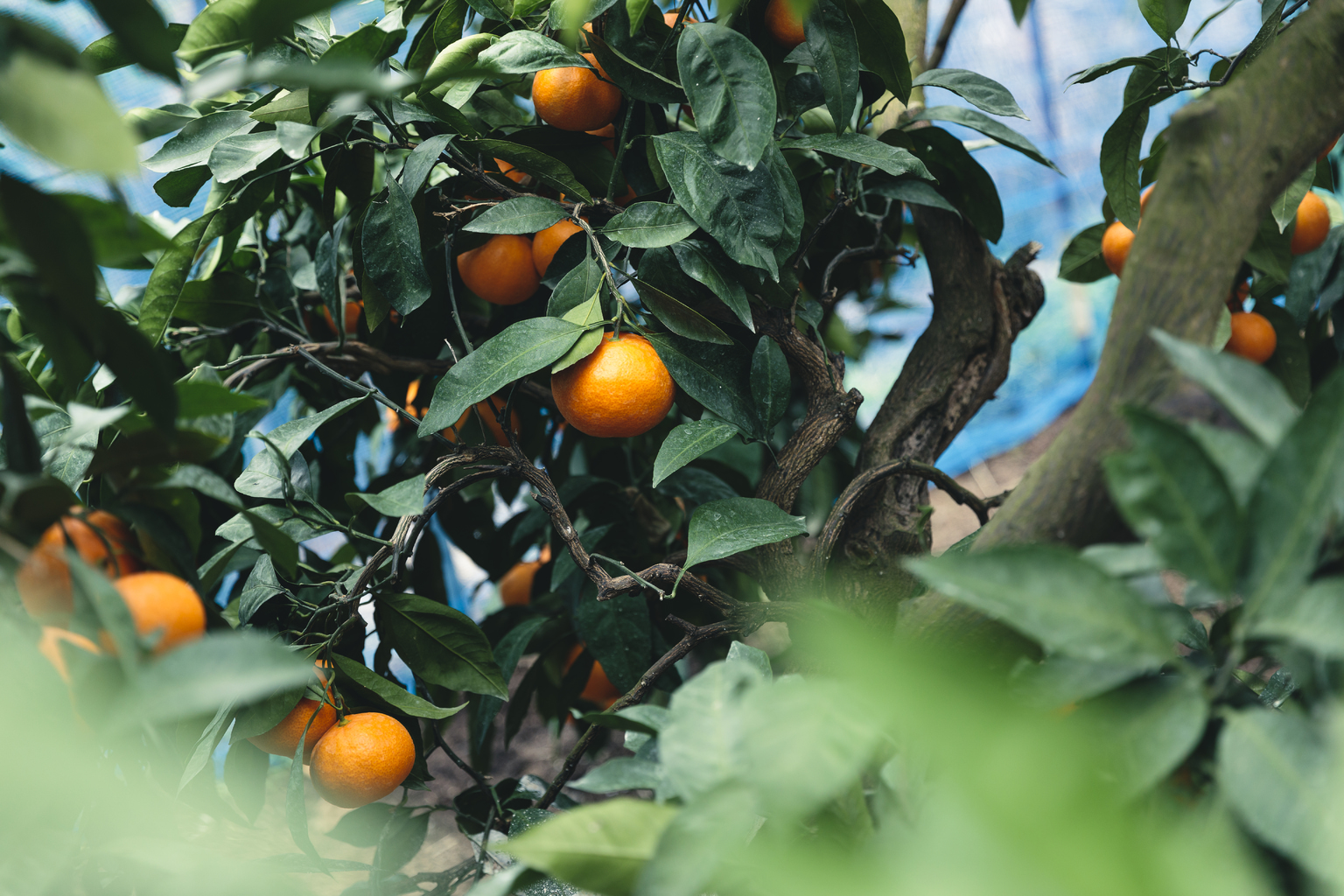
Mizumoto Orange Garden
The Mizumoto Orange Garden has been in business since the Meiji Period (1868-1912) and grows about a dozen varieties of organically cultivated citrus fruits. It offers both all-you-can-eat mikan picking experiences, as well as the opportunity to harvest enough fruit to fill a large paper bag that you can take home with you. (Good to know: you can check in your bag of mikan at the airport.) The orchard also serves freshly hand pressed mikan juice and provides barbecue sets in the summer.
For more about what Tamana has to offer, visit the city’s official website.
Sponsored Post
Updated On November 8, 2023

